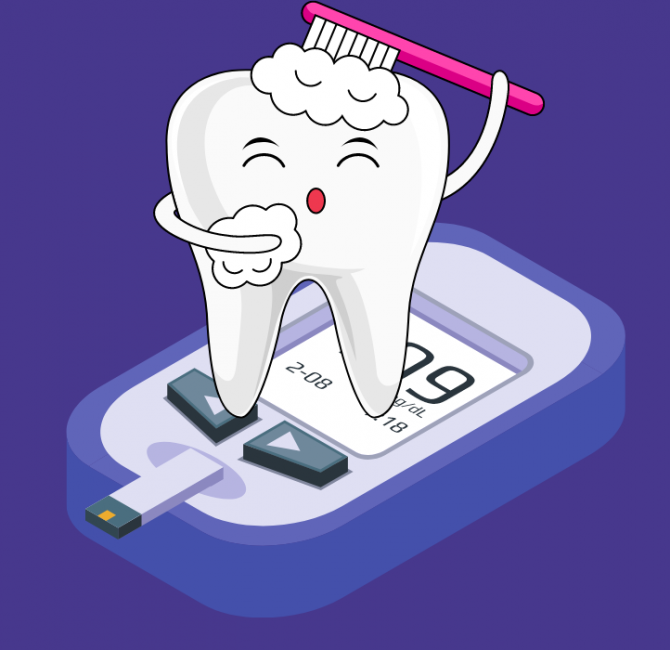Approximately two billion adults and 520 million children globally experience dental caries. The prevalence of dental caries continues to increase in most low- and middle-income countries, disproportionately affecting marginalized and underserved groups. Additionally, oral healthcare facilities and providers are often unevenly geographically distributed, creating additional barriers to access to care. Early caries detection, improved oral self-care, and preventive interventions can arrest carious lesions and reduce treatment time and costs.
In clinical practice, caries detection involves visual-tactile examination. However, clinical examination is subjective since accuracy of caries diagnosis depends on clinician experience and various clinical factors. To reduce the variability of visual-tactile examinations, auxiliary diagnostic methods such as digital photography have received attention. Intraoral photographs are a simple and non-ionizing imaging technique, and several studies demonstrated their feasibility and potential for supporting dental caries diagnosis.
Artificial intelligence (AI) models have been developed to assist with diagnosing oral conditions. The number of AI models for screening dental caries from intraoral photographs has increased steadily over the last few years.
This systematic review evaluated the performance of AI models in dental caries detection on intraoral photographs. Various image devices (e.g., professional, intraoral, smartphone cameras) as well as lesion severity were investigated.
Methodological characteristics and performance metrics of studies reporting on deep learning and other machine learning algorithms were assessed. Risk of bias was also evaluated.
Out of 3,410 identified articles, 19 studies were included. Metrics varied widely and were assessed on multiple levels. Limited studies assessed AI performance for lesions of different severity.
Although studies show considerable methodological and clinical heterogeneity, AI-based models seem promising for detecting dental caries on intraoral photographs. Automatic dental caries detection using AI may objectively verify clinicians’ diagnoses and facilitate client-clinician communication and teledentistry. Future studies should consider more robust study designs, employ comparable and standardized metrics, and focus on the severity of carious lesions.



